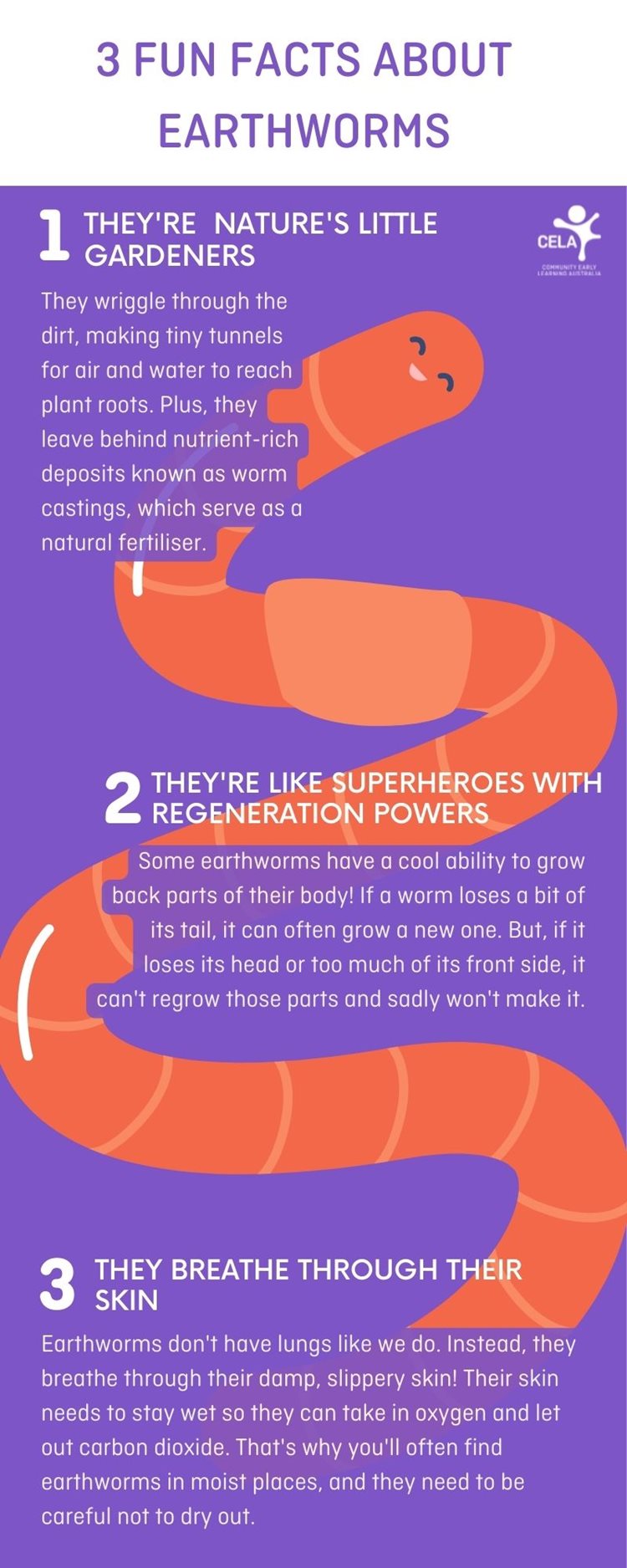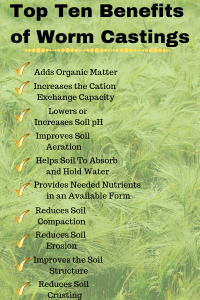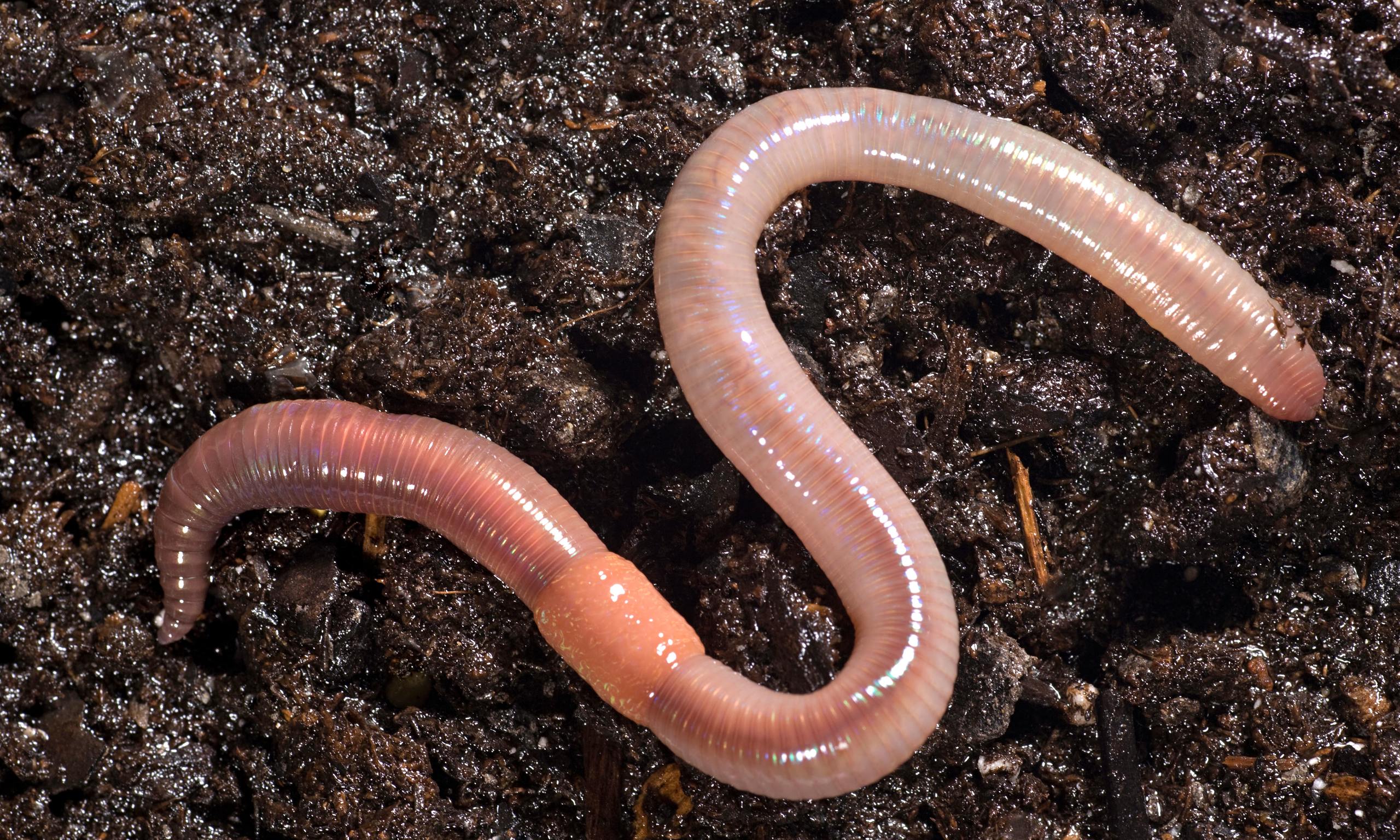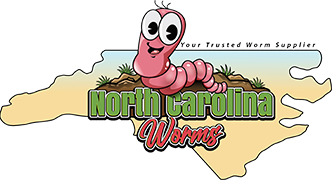North Carolina Worms Fundamentals Explained
The North Carolina Worms Statements
Table of ContentsThe smart Trick of North Carolina Worms That Nobody is Talking AboutSee This Report about North Carolina WormsRumored Buzz on North Carolina WormsNorth Carolina Worms for Beginners
Instance: 1-gallon of worm castings to 4 gallons of potting mix. 1/2 cup in the bottom of the growing hole for smaller plants. 1 cup for bigger plants.
The enhancement of tea can likewise add raised microbial biomass to your soil. You can always side-dress your plants with worm spreadings at any time. Simply keep in mind, the microbes will pass away if subjected to UV rays (Sun), so make certain to cover the castings with an inch approximately of soil.
This frustrated them for years till the testing techniques became much better. It would certainly get much better(with even more spreadings), level off, and after that decrease. Also lots of worm castings would speed up the development to a pace that the plant might not recoup from.
North Carolina Worms Can Be Fun For Anyone
I have clarified the merits of worm castings for about 2000 words. Worm castings are no different. It takes time to create quality worm spreadings.
Worm castings absolutely cost more than chemical plant foods. Worm spreadings are on the less costly end of organic plant foods. (50 gallons per year) It is a much more challenging and very expensive investment to generate huge quantities of worm castings.

Producing a healthy and balanced dirt might be the best benefit of worm castings. We reviewed worm castings NPK and likewise the proper nutrient analysis that need to apply to worm castings.
Rumored Buzz on North Carolina Worms
We talked about some of the downsides associated with worm spreadings. I covered a lot of material in this short article.
The vertical burrows are commonly open, although the worms cover the leading with deposit and waste matter. The vertical burrows are very important points of entry for fast water seepage right into the soil, particularly in no-till systems. Air-filled porosity is important in aiding plant origins to grow. Origins require oxygen for their development, whereas they generate carbon dioxide that needs to leave the soil.
Earthworms enhance porosity by two devices: (1) by producing long-term burrows, and (2) by improving dirt gathering. Aggregation is improved by the mixing of dirt and organic matter in the earthworms' intestines. Lenoir NC Worms For Sale. These highly secure accumulations are deposited by some earthworms in their burrows, and by others at the surface area of the soil


In another research study, earthworms were approximated to consume 4 to 10 percent of the leading 6 inches of the dirt annually. This only mosts likely to reveal the enormous amounts of dirt that can be refined by earthworms. Dirt compaction reduces the porosity of the soil. Because earthworms boost porosity, they lower the effects of compaction.
North Carolina Worms Things To Know Before You Get This
Common earthworm populaces can easily take in 2 heaps of completely dry issue per acre per year, partly absorbing and mixing it with dirt. The value of earthworms to mix surface area residue with soil comes to be extremely clear in soils that do not have any kind of earthworms. Most of our Pennsylvania dirts contend least some earthworms, and the result of their total absence, consequently, can not be noted.
(https://www.bizthistown.com/united-states/lenoir/business-support-supplies/north-carolina-worms)In these soils, the formation of topsoil with sensible organic matter content did not happen, leading to bad crop growth. Once the cause was developed, the federal government of the Netherlands began a campaign to introduce earthworms. After the introduction of the earthworms, a dark topsoil layer was developed, and crop growth increased substantially.
They live mostly from partially decayed natural matter that is already included in the dirt. These types ingest big amounts of dirt that they blend with digested crop deposit in their intestines.
Their burrows continue to be open, although they cover the leading with plant residue that they pull to the entry. These types consume significant amounts of dirt that they mix with absorbed residue in their intestines. Their waste matter is primarily transferred at the surface of the dirt. The nightcrawler Lumbricus terrestris is the most noticeable member of this team.